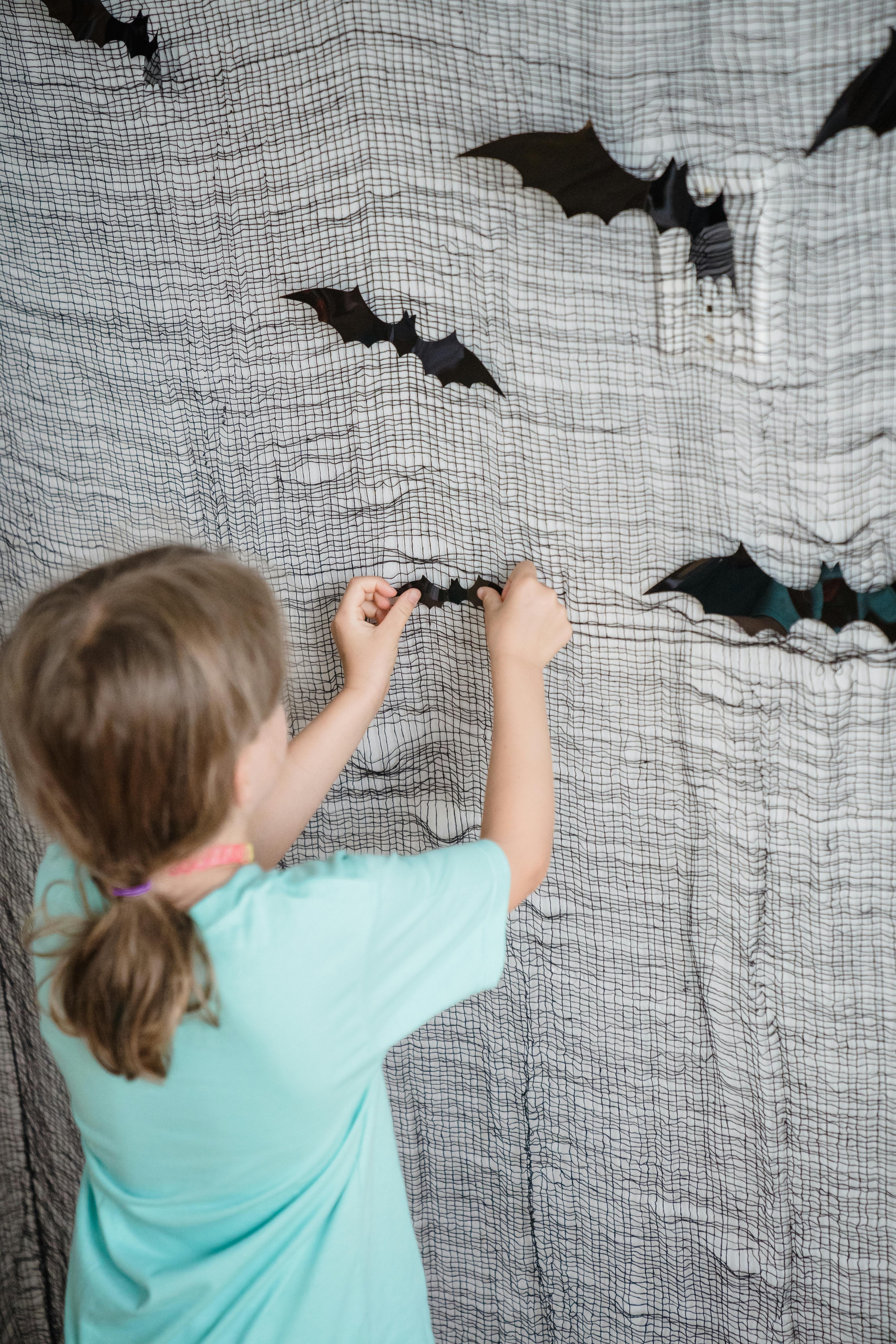Effective Strategies to Eliminate Crabgrass in 2025
Crabgrass can be a considerable nuisance for homeowners aiming to maintain a lush and healthy lawn. This persistent weed not only outcompetes desirable grass species but can also negatively impact the overall backyard aesthetics. As we navigate the lawn care year in 2025, understanding how to get rid of crabgrass effectively remains paramount for achieving a thriving green space. In this article, we will explore crabgrass control methods, preventive strategies, and both organic and chemical solutions to help you manage crabgrass effectively. Our mission is to empower you with the knowledge and techniques for a crabgrass-free yard.
We’ll delve into identifying the right crabgrass management tips, seasonal care routines, and best practices in lawn treatment for crabgrass. You can expect to learn how to effectively kill crabgrass while promoting lawn health. Whether you prefer natural ways to kill crabgrass or you are open to chemical treatments, there's something for everyone in this guide.
Let’s embark on this journey by understanding what fuels crabgrass growth and how to thwart its invasion in your yard.
Understanding Seasonality of Crabgrass Growth
Crabgrass, primarily a warm-season annual weed, thrives in sunny environments where it can complete its life cycle from seed germination to production within a single growing season. Knowing its lifecycle stages is crucial for determining the ideal timing for interventions. Typically, crabgrass seeds germinate as soil temperatures reach about 55°F, often in early spring, which is why management strategies begin well before then.
This understanding directly links to implementing effective crabgrass solutions. By preparing your lawn early and effectively, you can reduce crabgrass encroachment significantly. Early spring is the perfect time to manage lawn care products that target crabgrass seeds before they sprout.
Moreover, maintaining healthy soil through aeration and proper fertilization is significant as it promotes strong and resilient grass, which can outcompete crabgrass. The best fertilizers for crabgrass control typically are nitrogen-rich in early spring while maintaining a balanced lawn throughout the growing season.
By fostering the correct lawn conditions and considering crabgrass growth patterns, you stand a better chance of preventing this weed from taking hold. This naturally leads us to discussion of the most effective ways to manage your lawn and prevent crabgrass growth effectively.
Proven Crabgrass Prevention Strategies
Effective management begins with proactive prevention strategies that aim to stop crabgrass invasion before it takes root. One of the primary tactics involves creating strong competition from desirable grass types. Planting crabgrass resistant grass types such as Bermuda or fescue can effectively keep crabgrass at bay.
In addition to selecting resistant grass, establishing an appropriate lawn maintenance schedule is vital. Regular mowing at the correct height can restrict light access to crabgrass, while a consistent watering routine promotes healthy grass growth. Lawns with deep roots can withstand invasive weeds more efficiently. Adjusting your watering schedule for lawns, especially during dry periods, can play a major role in preventing crabgrass.
Utilizing mulch application can also provide a protective barrier against crabgrass seeds germinating, especially in garden beds. Using crabgrass mulch can prevent the light required for these seeds to sprout, thus contributing to successful crabgrass eradication techniques. The application of a pre-emergent herbicide before the germination season is another effective method to maintain a crabgrass-free environment.
Integrating these practices paves the way for transitioning into more intensive management measures. Having established a robust foundation, it is essential to address practical and effective crabgrass management tips.
Hands-On Crabgrass Management Techniques
Even with the best preventive measures, crabgrass can still emerge. This calls for practical and immediate management techniques once you notice its presence. Early detection is critical—identifying crabgrass in lawns can be pivotal in stopping it before it spreads throughout your yard. Maintaining accurate observation during the growing season helps target treatment on outbreaks immediately.
When it comes to chemical treatments for crabgrass, selective herbicides offer a feasible solution. These products allow homeowners to target crabgrass while sparing desirable grass. It’s important to follow the manufacturer’s guidelines to ensure effective results and reduce any potential lawn damage.
Alternatively, for those interested in organic crabgrass removal, there are various natural options. Vinegar solutions, for instance, can kill young crabgrass plants, while boiling water is another organic method to eliminate weeds effectively without resorting to chemical interventions. Engaging in eco-friendly lawn practices is becoming increasingly popular among homeowners.
Lawn aeration benefits also play a crucial role. Aerating your lawn once or twice a year helps improve soil health and drainage, allowing grass roots to grow deeper and more vigorously, thus increasing resistance to crabgrass's competitive nature. All these hands-on techniques connect to the concept of comprehensive lawn care and its importance in maintaining weed-free areas.

Seasonal Lawn Maintenance Tactics for Crabgrass
Understanding the seasonal requirements for your lawn is vital in crabgrass management. Different treatment strategies should be employed across seasons. In spring, applied pre-emergent herbicides can create a shield against crabgrass, while careful mowing and watering can provide a nurturing environment for your grass.
As the summer heats up, maintaining proper watering levels ensures your lawn stays hydrated enough to fend off crabgrass. During this time, managing mowing techniques to keep the grass slightly taller can shade emerging crabgrass seedlings.
In fall, it’s time for a reassessment of your lawn. Post-emergent treatments for crabgrass can be executed while assessing the overall health of your lawn for possibly needed renovations. Light overseeding with desirable grass types can help fill in thin areas, reducing crabgrass habitat.
Seasonal lawn treatments focusing on rejuvenation strategies can encompass soil testing to improve lawn health management. Implementing correct fertilization techniques during these seasonal transitions can further enhance grass health, fostering a natural environment that repels crabgrass.
This seasonal approach undoubtedly connects to a sustainable method in nurturing your lawn and addressing potential weed invasions from the very start.
Best Products for Crabgrass Control
With various lawn care products flooding the market, knowing which are the most effective for crabgrass control is crucial. Both organic and synthetic options exist, catering to different preferences. For those opting for natural ways to kill crabgrass, products containing natural fatty acids or vinegar work effectively on young seedlings, while benefiting the ecosystem.
In contrast, chemical options are generally stronger and provide broader coverage against established crabgrass. Investigating selective herbicides that target crabgrass while leaving your grass unharmed, such as those containing quinclorac or siduron, is crucial.
Whichever route you prefer, be sure to assess the specific needs of your lawn and its existing conditions before making a selection. Always read label instructions carefully to ensure optimal application and safety.
By understanding the best products for crabgrass control, homeowners can strategically implement solutions that align with their lawn care goals, thus ensuring a successful outcome in the battle against crabgrass.

Q&A: Common Queries About Crabgrass Control
How can I effectively kill crabgrass without damaging my lawn?
Using selective herbicides specifically designed for crabgrass control allows you to target the weed without harming desirable grass species. Following manufacturer instructions is critical.
What are some natural methods to eradicate crabgrass?
Natural methods include vinegar and boiling water applications for young plants, as well as dense planting and proper lawn care that enhances competition against crabgrass.
When is the best time to treat crabgrass?
The best time for treatment is in early spring when the soil temperature reaches about 55°F. Applying a pre-emergent herbicide before crabgrass germinates is most effective.
Does lawn aeration help manage crabgrass?
Yes, lawn aeration is beneficial as it promotes deep root growth, improves drainage, and enhances soil health, allowing desirable grass to outperform crabgrass.
How can I maintain a crabgrass-free lawn throughout the summer?
Regular mowing, proper watering, and utilizing mulch can prevent crabgrass from taking over. Monitoring for any emerging weeds and applying targeted treatments will help maintain a clean yard.
